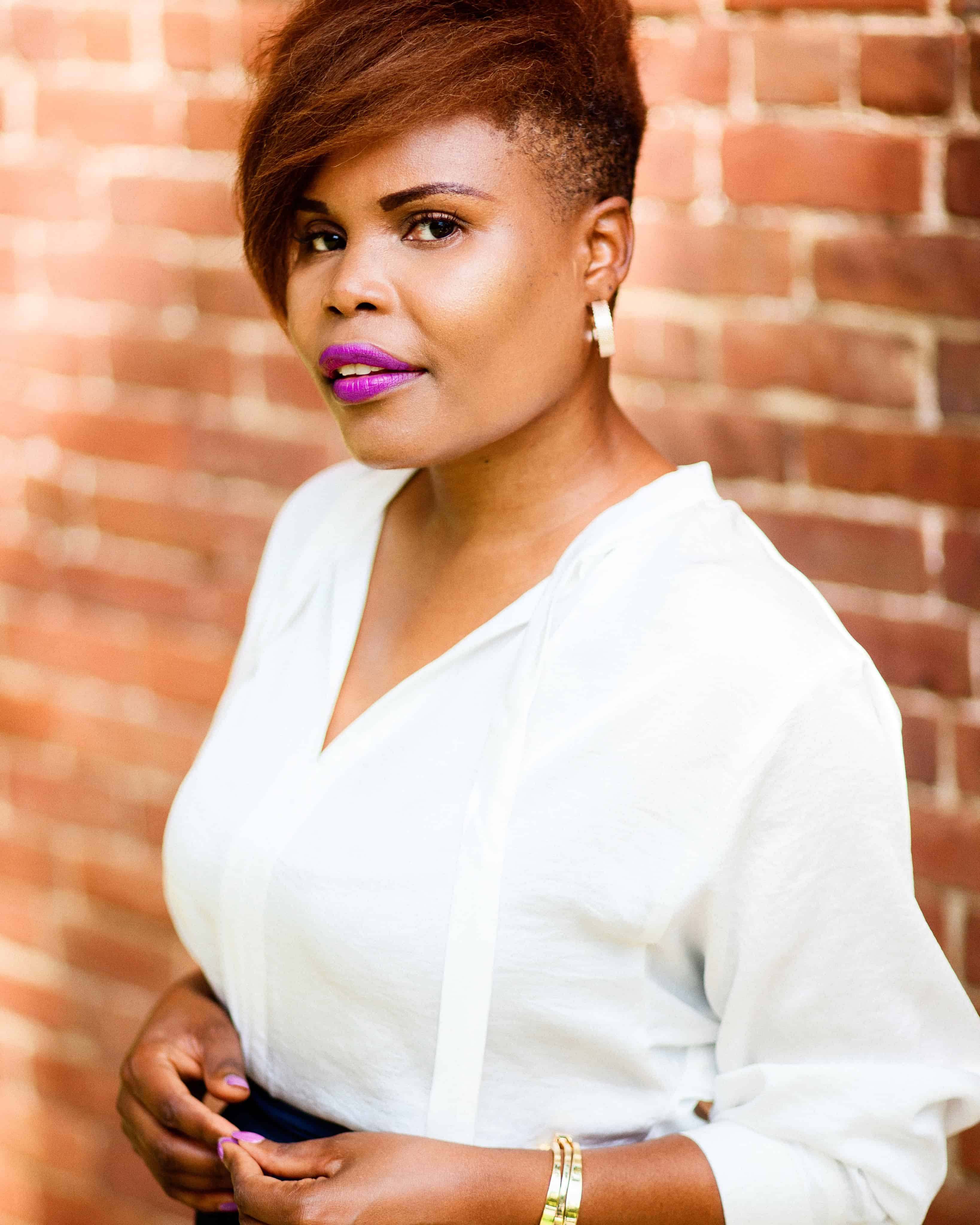Jay Pitter is an award-nominated author and placemaker who leads processes related to the design, programming, and policy of public spaces. Her work spans North America and includes (RE)IMAGINING CHEAPSIDE, a Confederate monument placemaking process in Lexington; consulting on Edmonton’s Heritage Plan; and initiating a safe and connected streets engagement following the mass shooting in Toronto. She’s also currently co-developing City of Toronto shelter design guidelines. She will be appearing at the AGO’s Liveable City panel discussion on leisure, taking place tonight.
We asked her about how design and public space intersect to alter our experiences in the city.
SDTC: How exactly does design of public spaces impede women’s experiences of leisure, play, and free expression?
JP: The design of public spaces is not neutral. A handful of men like Robert Moses, a powerful New York City official, have shaped our approach to city-building, with very little concern for things like environmental resilience, physical accessibility, class integration, and of course gender. In fact, public spaces in cities were never intended for women. Feminist scholars have found that the home, a domestic space associated with nurturing and child-rearing, was conceived as a women’s space. And the city, associated with economic opportunity, mobility, and exploration, was conceived as a space for men.
Challenges women face, such as navigating public transit with strollers, accessing family-friendly public restrooms, and overall safety in the public realm, are all linked to fundamental, gender-based urban design biases. Considering this history of exclusion, it’s unsurprising that the vast majority of women face barriers to leisure and the city itself.
What are some public spaces that enhance women’s leisure experience?
Most people associate the word leisure with affluence and frivolity; however, the definition of the leisure is breathing space, respite, peace, and freedom. These are political ideas bound up in economic and social power—performed in public spaces. What this means is that public spaces that enhance women’s leisure experience must create equal opportunities for active transportation like walking and cycling. These spaces must also respond to social issues like sexual harassment and mental health. Creating economic opportunities to support women’s independence is also important.
A great local example that achieves these complex goals is much of the work being done by my friends and colleagues at Park People. Specifically, the support they provide to the Thorncliffe Park Women’s Committee, to reclaim and program their local park adjacent to a high-rise building where they live. Programs in the park include a market where women sell food and crafts, host community dinners, and lead children’s programs. There is also seating and walking paths for more informal interaction in the park. This is an ideal example of a public space that is responsive to gender, because it enables women to connect with their neighbours, generate income, and foster wellness through physical activities.
How can we advocate for ourselves when it comes to development of our public spaces?
In my experience, I’ve found that women naturally audit public spaces for accessibility and inclusion. When leading placemaking initiatives, women quickly identify public spaces with poor lighting, speeding cars, and the threat of gender-based harassment. Most women view these issues as personal rather than city-building issues. I’d like every woman to know that if she feels unsafe walking through a market square or can’t navigate public transit with a stroller, she should contact her municipality. Also, if possible, I’d encourage women to attend consultation meetings related to the design of public spaces. If an accommodation is needed to support participation, a request should be made.
We should insist that a gender-based lens is applied to every city-building project the same way we’re advocating for gender-based budgeting approaches or pushing to get more women involved in municipal politics. The work of creating cities where women thrive isn’t solely women’s work; however, women can support positive change by becoming more comfortable raising uncomfortable issues and sharing our vision for the city. This is the only way we’ll create public spaces that enable us to realize the deep (and often overlooked) sense of freedom inherent in the definition of leisure.



 Follow Us On Instagram
Follow Us On Instagram
